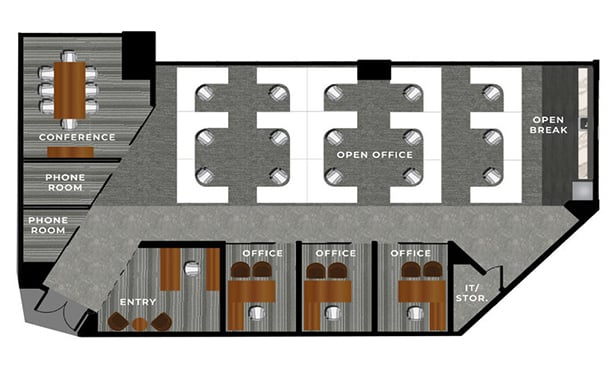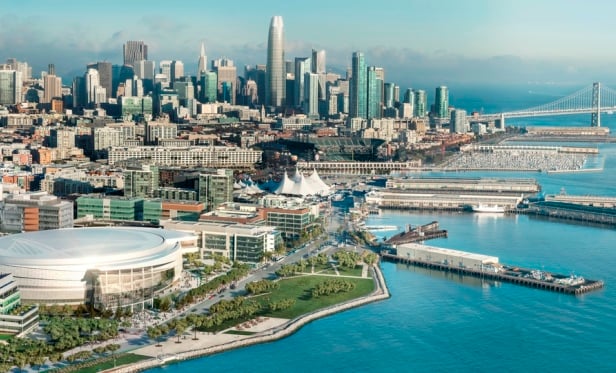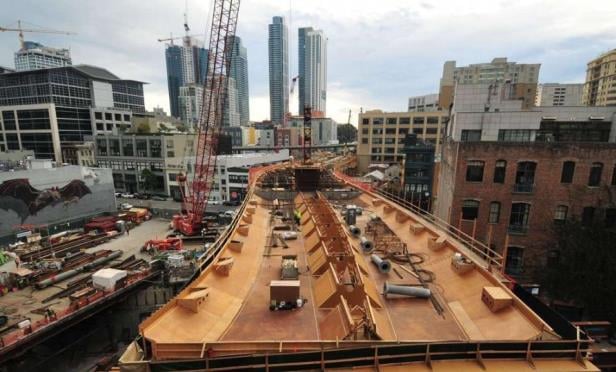Back East we're freezing and snow covered. Out West, we're getting thirstier… California is in a drought emergency after its driest year on record… And an uncomfortable reality sets in through the arid region stretching from Colorado's Rockies to the Pacific coastline. Lack of water may dramatically alter the prospects for growth and livability in what has been one of the country's fastest growing areas for decades.
Now weather is a fickle force… Back in 2007 Atlanta had just a one month supply of water and the Governor held a prayer session, bringing relief in a series of heavy rain storms. .. The Southwest recovered from the Depression era Dust Bowl and California bloomed in the post World War II era, producing an agricultural bonanza of fruits, vegetables, nuts, and rice. From time to time every region endures some sort of water shortfall. Rains or snows eventually bring deliverance, if you wait long enough. Currently, Texas experiences some mild recovery after its worst drought on record in 2011 when 88% of the state was in a worst stage of water emergency and some small towns saw wells ran dry.
But the long-term trends do not bode well, according to climatologists, who predict a hotter and dryer future for the West and Southwest. They forecast a need for rationing water from the Colorado River, the primary source of supply for Nevada, Arizona, and Southern California where populations have been mushrooming. Lake Mead, the giant reservoir south of Las Vegas is now only half full, and the city races to build an $800 million water tunnel to tap water below levels where the operation of current pipes appears threatened.
Recommended For You
Want to continue reading?
Become a Free ALM Digital Reader.
Once you are an ALM Digital Member, you’ll receive:
- Breaking commercial real estate news and analysis, on-site and via our newsletters and custom alerts
- Educational webcasts, white papers, and ebooks from industry thought leaders
- Critical coverage of the property casualty insurance and financial advisory markets on our other ALM sites, PropertyCasualty360 and ThinkAdvisor
Already have an account? Sign In Now
*May exclude premium content© 2025 ALM Global, LLC, All Rights Reserved. Request academic re-use from www.copyright.com. All other uses, submit a request to [email protected]. For more information visit Asset & Logo Licensing.








